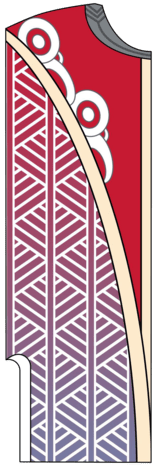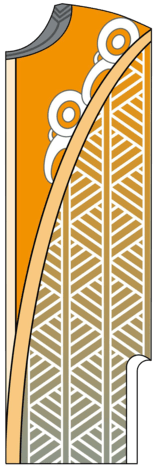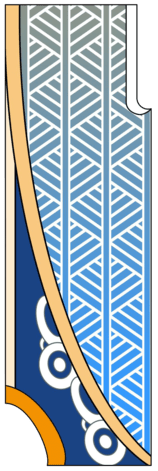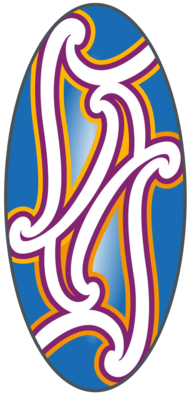Our practice framework helps us make sense of and organise our practice within the context of our role in statutory child protection and youth justice in Aotearoa New Zealand.
There are resources at the bottom of this page.





Centre
Ngākau whakairo
The heart of our work embedded within our practice
Rights, values and professional obligations.
Upper left
Whai mātauranga
The pursuit of knowledge and understanding
Mana-enhancing paradigm, partnering to build understanding, knowledge and research.
Upper right
Whai oranga
The pursuit of wellbeing
Te Toka Tūmoana, Va’aifetū.
Lower right
Whai pūkenga
The pursuit of practice skills
Communicating, relational practice, developing understanding.
Lower left
Whai ākona
The pursuit of best practice
Reflexive practice, supervision, coaching.
